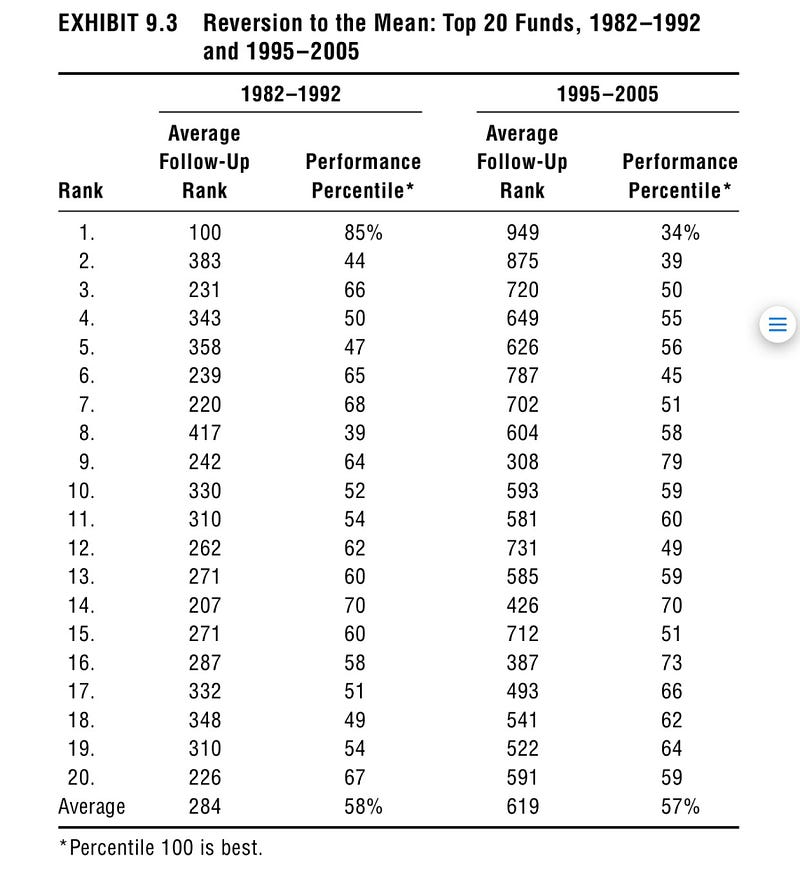Giving CPF account holders the free choice to decide what to do with their own retirement savings is the key.
In the midst of all the recent debates on the Central Provident Fund (CPF), and the government’s moves of raising the CPF minimum sum and enforcing a compulsory annuity scheme on all account holders, we must go back to the fundamental principle behind the CPF — that it is a compulsory savings plan for retirement.
The key issue, therefore, is that we must allow CPF account holders the free choice to decide whether to withdraw everything at 55, or opt into an annuity scheme, or opt for something in between.
If CPF account holders think they can benefit from the annuity if they live long well beyond 80 years of age, let them do so. If they want to withdraw their retirement savings in toto to invest in a private scheme that provides for a higher yield of annuities, let them do so.
CPF account holders do not withdraw their savings just for reasons of pleasure and holidays, although it is perfectly their right to do so. Health care costs, for themselves, for family members, for rare diseases, for their children’s further education — these are the things Singaporeans need to spend on in this non-welfare state system.
Compulsory annuity scheme for CPF: where is the justification?
So why is there a need for a compulsory annuity scheme for CPF? Where is the statistical substantiation that a mandatory annuity is needed across the board — is there a substantial enough proportion of the population that has such a dire lack of savings that warrants this? Is there such a substantial proportion of the population that is proven to be absolutely incapable of planning their retirement financially?
Our policy working group has not seen any such analysis or evidencing that typically accompanies government policymaking. Without this information, it is understandable why Singaporeans simply cannot accept the latest changes to the CPF.
Since the government has said that it is helping Singaporeans plan for retirement, then we would need to know — how were the projections for the minimum sum and the monthly annuity worked out? We don’t believe it is out in the public domain.
This brings us to the issue of income replacement rate (IRR) — what percentage of a worker’s income should we replace when he or she retires? Note that the higher the IRR, the greater the present burden on the worker who is at the threshold of retirement. The 2012 Chia and Tsui study on the IRR,[1] typically cited by the government, reported that the median male earner will be able to replace 70% of his wages when he retires, and female workers 64%. But these are the result of their academic study — it is not the government’s planning target, of which we have not been informed.
This makes the compulsory annuity scheme like a straitjacket for a madman — you are forced wear it to restrain yourself, so that you would not hurt yourself and those around you, we are told. But what if you are not a madman in the first place? What if you’ve been wrongfully diagnosed as a madman?
Management of the CPF funds
Then there are the issues about how the government should manage the CPF funds.
Our sovereign wealth funds should raise capital from international capital markets.
The default linkage of CPF funds to the sovereign wealth funds should be severed. This would give us the chance to rethink and restructure our retirement funding mechanisms.
The government has tried to defend the contention that CPF money a cheap source of funds for the sovereign wealth funds.[2] And we are told that government bonds still the most secure, with its AAA rating.
We can agree with this statement if the government were to borrow 10% or 20% of GDP. But note that if the government were to borrow up to 100% of our GDP, the credit ratings of Singapore will quickly fall, leading to very high borrowing rates.
In fact, it is not news that Singapore and Japan enjoy reasonable credit ratings because the national debt of these countries is internal. The rationale behind the credit ratings is that Singaporeans and the Japanese will not exit their countries en masse suddenly, like in the case of a bank run.
As such, we believe it is unfair for the government to claim that CPF is not providing a cheap source of funds.
Changes to CPF must pass through Parliament from now on
In conclusion, it is paramount that CPF account holders must have the choice and flexibility what is to be done with their retirement savings. They should have choice on whether to have their funds invested in the sovereign wealth funds or other instruments such as an equity index, a fixed income scheme, in funds or other such instruments. This would give Singaporeans the freedom of choice over the interest rates they wish to see from their savings, corresponding to their risk appetite.
And if they wish to withdraw all the CPF savings, whether to foot an urgent medical bill for treatment of a rare disease, for their children’s education, or for the holiday they have also dreamt about, they must be allowed to do so.
Finally, all changes to CPF policy must be presented to and passed by Parliament, and not be made a matter for subsidiary legislation. The political climate in Singapore on the CPF issue has reached such a point that the government ignores the voices of the people at its peril.

